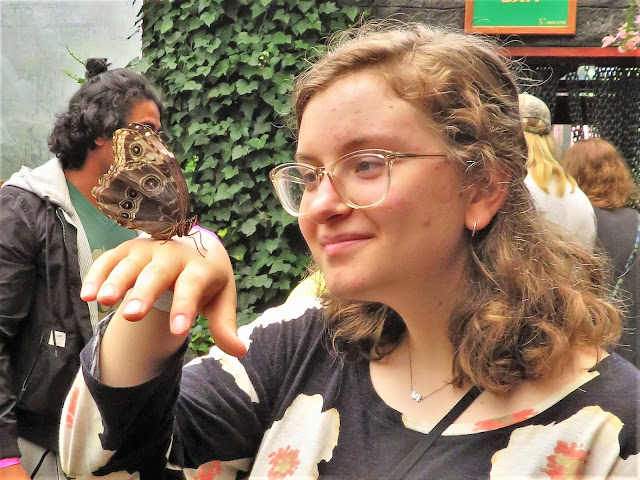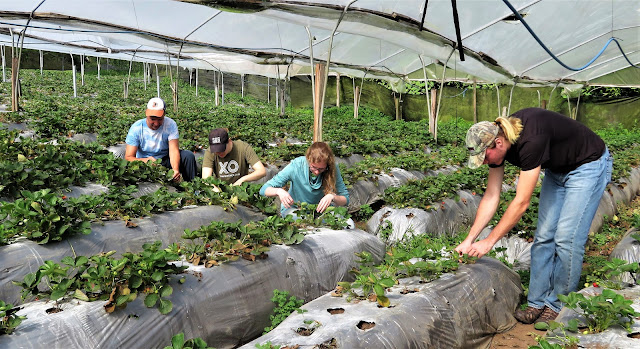Impactful Experience: A STAM Reflection by Anna Mueller
I have had my fair share of
short-term mission trips. I have raised funds, bonded with a team, and traveled all over the world with the goal of bringing
both God’s love and physical resources to those in need. I have formed bonds with children who I may
never see again. I have seen and heard things that have dramatically shaped my world view and
changed the trajectory of my life. Every time that I come home from one of these trips, I
am asked the same question: “How was it?” Every time I struggle to find the words to convey
the impact of what I have experienced.
With this in mind, I am thankful to
report that the three-week Au Sable course in Costa Rica that I had the privilege of attending was different. First
of all, it was not a short-term mission trip; it was a class. Thus, I was freed from the guilt of
“wasted” time or funds when our learning experiences included fun activities and in-country trips. I
felt free to truly embrace every moment; to soak up knowledge like a sponge as we smelled,
touched, tasted, saw, and heard the very things that we were learning about in our lectures.
It is one thing to hear about a certain type of plant or see a picture of it, but it is an
entirely different thing to be able to see it for yourself and taste its fruit.
The Sustainability, Tropical
Agriculture, and Missions course (more affectionately known as STAM) was a learning experience that I will never forget.
The professors have such a wealth of knowledge that they have gathered over years of experience
and a passion for partnering with students in the learning process. Because the course is only
three weeks long and it covers a wide range of content, it is a survey of major topics
including basic botany and plant identification, some observed agricultural practices,
missions theory, and the local culture. I left Costa Rica with a greater understanding of the practical
challenges that farmers and missionaries sometimes face. In addition, I learned about
the importance of plant identification and I now have a greater desire to learn more about botany
than the course covered.
All in all, the STAM course in
Costa Rica was an incredibly rewarding experience that gave me the opportunity to see firsthand my desired field, practice
Spanish with local Costa Ricans, bond with a wonderful group of people from all over North
America, and learn so much more than a book could ever teach. The most rewarding part of the
experience was seeing the immense beauty of creation and how it all gives glory to our
brilliant Creator. Whether it was a tree frog, a pineapple, or the story of someone we met, I saw the
fingerprint of God everywhere. I had dreamed of attending this course for two years and my
experience did not disappoint. In fact, I would go back in a heartbeat.







Comments
Post a Comment